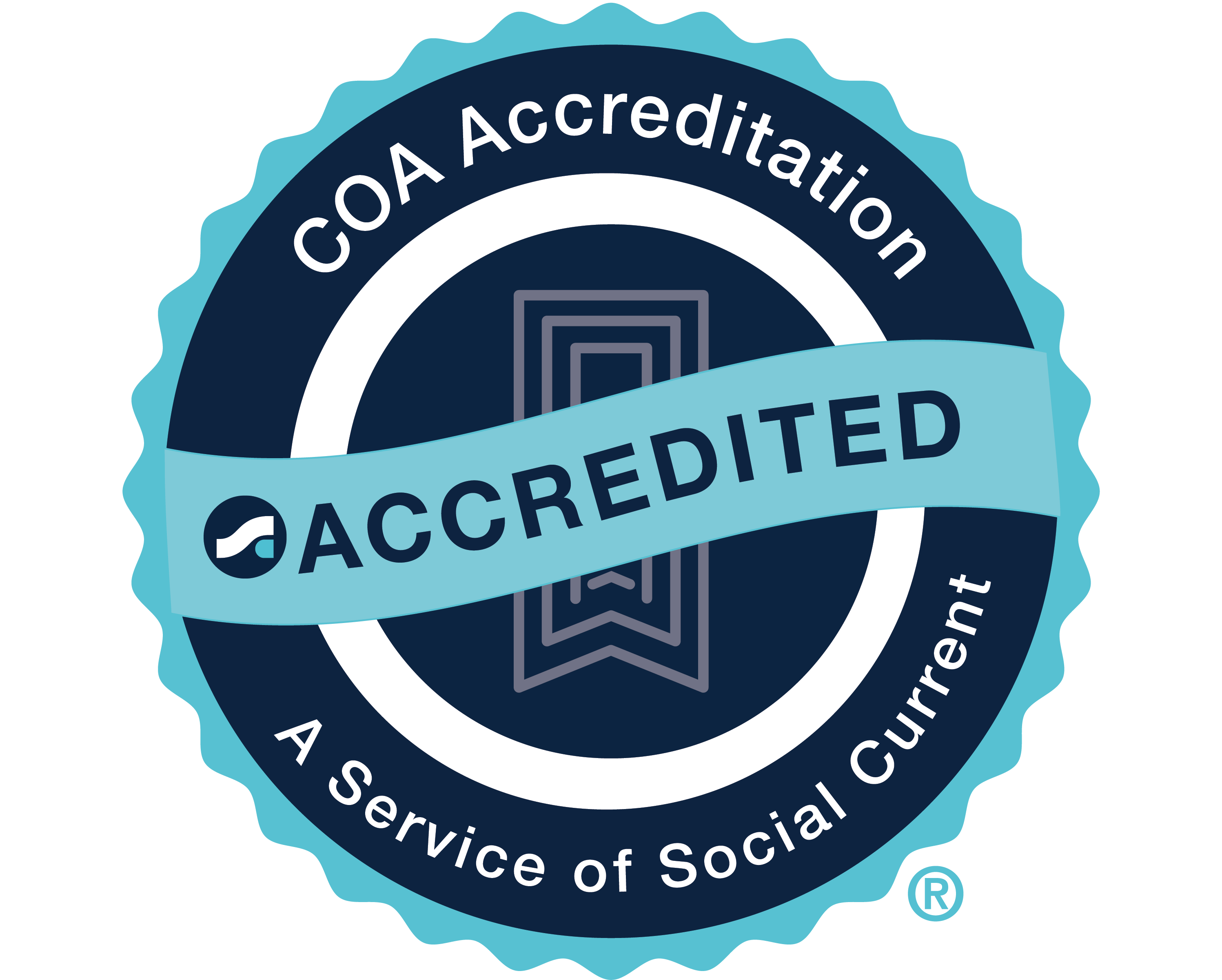Get Help
Make a Safety Plan
Make a Domestic Violence Safety Plan by Considering the Following
A safety plan is a personalized plan that provides resources and coping strategies while you remain in the abusive relationship, are planning to leave, or after you have left. Below is a form used to help create safety plans, along with examples of safety plan ideas for various situations.
If you need assistance in creating a safety plan for you or a loved one, call out 24-Hour Hotlines at 816-461-HOPE(4673).
.png)
On the Internet
- I’ll click the gold HIDE PAGE button at the top of the Hope House homepage to be taken to a safe website if my abuser enters the room while I’m visiting hopehouse.net.
- I’ll be aware of the fact that my online activities are potentially being monitored.
- I am aware that an abuser doesn’t need to be a computer programmer or have special skills to monitor my computer and internet activities.
- I will use a safe computer at the public library or a trusted friend’s home to research an escape plan, look for new jobs or apartments, purchase bus tickets, or seek help.
- I will make sure to say no if my email provider wants to save my password or keep me logged in locally.
- I will choose passwords that are not easy to guess.
- I will call the hotline (816-461-4673) if I’m in danger. I can call it if I need shelter, assistance with safety planning, or somebody to talk with.
- I will save emails or messages that can serve as evidence of abuse.
At Work
- I can tell my boss and the security supervisor about my situation.
- I can ask a supervisor or co-worker to screen my calls and visitors at work.
- I can ask a supervisor, co-worker, or other trusted person to walk with me to my car.
- I can change my patterns such as using different transportation, changing my route, or changing my work schedule/location if needed.
In Public or If being Stalked
- If I think I am in danger, I will find a safe place for myself (police stations, family or friends’ homes, domestic violence shelters, churches, public areas).
- I can document my abuser’s actions and keep the information in a safe place. This may include taking photos of destroyed property/vandalism, saving voicemail messages, keeping letters/notes, etc.
- I can change my patterns — avoid stores, restaurants, and other places where my abuser might find me.
- I can tell trusted friends and family about the situation and give them a photo or description of my partner and any possible vehicles he/she may drive.
- When I am out of the house, I will try not to travel alone and will try to stay in public areas. I can ask my local domestic violence shelter to provide me with a 911 cell phone.
With an Order of Protection
- I will keep my protection order in my purse or on my person.
- I will give a copy to my employer, my closest friend, and my children’s school/day care provider.
- If my partner/abuser destroys my order or if I lose it, I will get another copy from the court that issued it.
- If my abuser violates the order, I can call the police and report it. I can contact the adult abuse office during business hours for help in knowing if my order was served.
If choosing to Stay / Return
- I can tell a neighbor, friend or relative about the violence and request they call the police if they hear concerning noises coming from my home.
- I can teach my children how to use the telephone to contact the police and fire departments and how to contact a safe neighbor for help. I will make sure my children know our address.
- I will use a code word to signal to my children or friends to call for help or to signal that we will be leaving.
- If I have to leave home, I can go to the police station, hospital, a friend or family’s home, or other safe place.
- I can call 911 from a cell phone, even if it isn’t active on a plan.
Evaluate your Options
- I will be smart about whom I trust with information about my situation.
- I will review my safety plan for domestic violence with my kids, family, and friends and keep it in a safe place.
Together we can build a brighter future.
Domestic violence can happen to anyone, no matter their gender, age, race, ethnicity, religion, or sexuality. Hope House advocates for survivors, no matter where they are in their journey. Join us in creating a brighter tomorrow for survivors.


Search with a keyword




.png)














